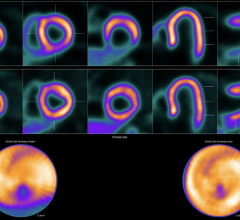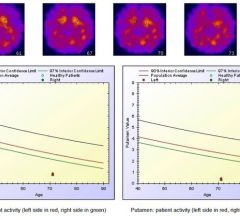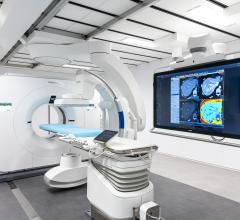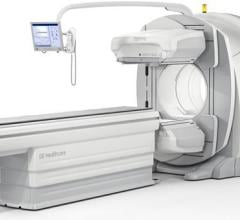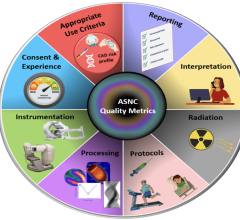A diagnostic device that resembles a mammography unit can detect breast tumors as tiny as one-fifth of an inch in diameter, according to researchers at Mayo Clinic, who helped develop the technology along with industry collaborators Gamma Medica Inc. and GE Healthcare.
Molecular breast imaging uses a new dual-head gamma camera system and is sensitive enough to detect tumors less than 10 mm in diameter in 88 percent of cases. Early findings indicate the procedure can detect small cancers that were not found with mammography. The findings were presented at last week's San Antonio Breast Cancer Symposium.
Investigators used new, small semiconductor-based gamma cameras and incorporated them into a new breast imaging system. Images obtained with these gamma cameras are not affected by dense or fatty tissue. In the procedure, women are injected with a small amount of the radioactive drug sestamibi, which is absorbed by the tumors. Each breast is lightly compressed between the gamma cameras with just enough pressure to keep it from moving for 5 to 10 minutes while several images are taken. A force of about 15 pounds is used, compared to the 45-pound force compression typically needed to take a mammogram.
Eighty-two cancers were later identified at surgery in 54 patients. The gamma camera detected 76 of the cancers, giving it a 93 percent success rate. The device would be only slightly more expensive to use than mammography.

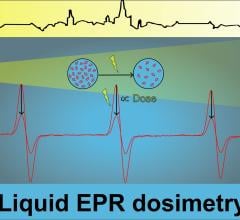
 January 19, 2024
January 19, 2024 


